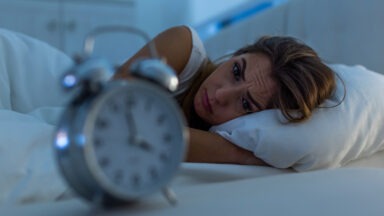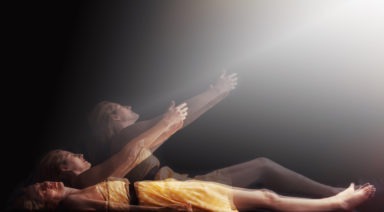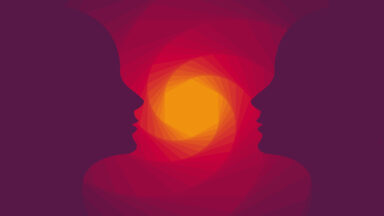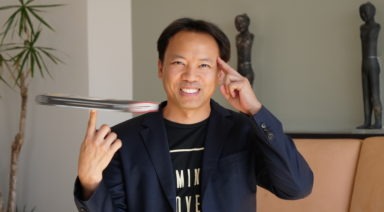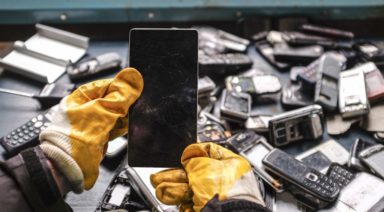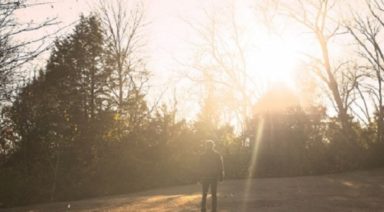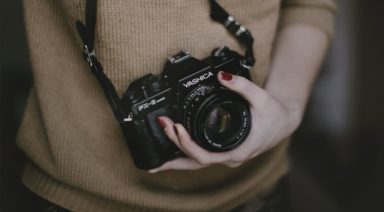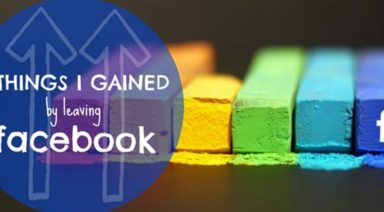Researchers Develop Device to Influence Direction of Your Dreams

Sleep is strange; at the end of the day we fall unconscious, our bodies become paralyzed, and we hallucinate vividly, before quickly forgetting what was just experienced. But now researchers at MIT are engineering an interface to influence this bizarre state, believing it may hold the key to our creative genius.
There is a period between wakefulness and that deep, restorative slumber, known as hypnogogia. These fleeting moments have long been considered a place where creative brilliance can be accessed.
Innovators including Thomas Edison, Nikola Tesla and Salvador Dali all intentionally tapped into this state for inspiration, attributing much of their inventions and masterpieces to it.
Holding a pair of steel balls as they fell asleep, they would drift into the hypnagogic state for a few seconds, before their muscles would relax, the balls would fall to the floor, and they would be jolted back awake. This brief entry into the dream state would allow them to remember the bizarre hallucinations and ingenious thoughts floating in the creative ether.
This was part and parcel to Dali’s famous paranoiac-critical method that produced his most trippy and iconic work. But instead of steel balls, Dali used a metal key and an upside-down plate for it to land on, producing a loud clang.
Dali found that not only did these micro-naps spark creativity, but they also provided a refreshed mental state, without the grogginess of a longer rest.
Taking note from these innovators, MIT researchers are developing a modernized version of the steel ball technique through a worn computer interface called Dormio. But instead of waking them, the interface influences sleepers in hypnagogia, attempting to control the direction of their semi-coherent state, and they’ve had some preliminary success.
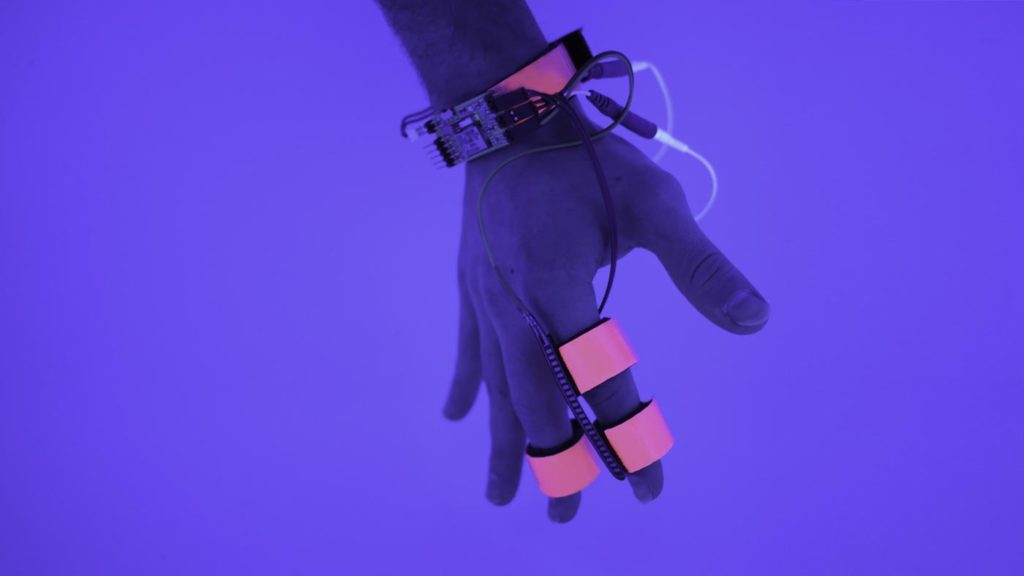
Dormio interface via media.mit.edu
Using a glove fitted with a series of wires and biosensors, the interface tracks users’ slow descent into sleep, measuring the subtle muscle relaxations of the hand. From there, an app provides an audio cue that prevents users from going into a deeper sleep, suspending them in the hypnagogic state with a prompted word or concept to focus on.
Thus far, the words ‘fork’ and ‘rabbit’ have been used successfully as a theme for “dream content.” Users are then asked questions to capture ideas floating through their mind, without fully waking them, before they are then allowed to fall asleep.
We spend close to a third of our lives sleeping, where our minds exist in creative, fantastic hallucinatory states. Researchers on the team want to figure out how to tap into that world and potentially take advantage of it.
The unconscious mind has been the subject of study by scientists for centuries, yet we still know so little about it. It’s also been proven that we are all born creative geniuses, but through the constructs and demands of our society, our originality is constantly suppressed. Could that creativity be resurrected with hypnogogic enhancement?
Permanent Daylight Saving Time Would Be Awful for Our Circadian Rhythm
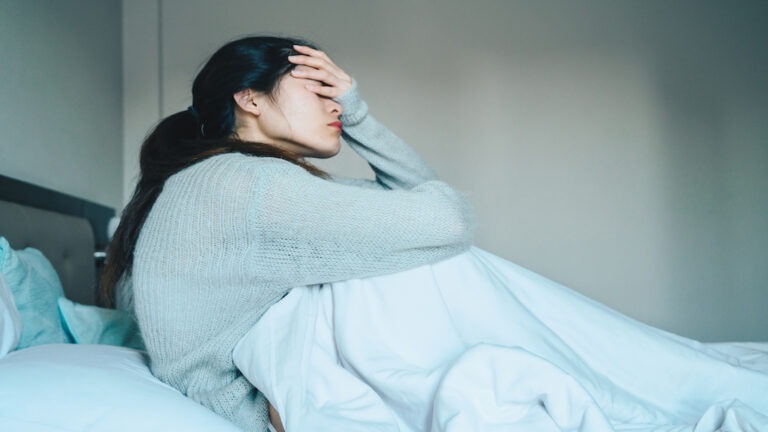
“Spring forward, fall back” could be no more, as Daylight Saving Time in the US could be made permanent. The issue resurfaced, as Americans say they are tired of moving the clocks twice a year and that we should just pick one. But did the government pick the wrong one?
The US has a long and complicated history with Daylight Saving Time — or what might be known better as “spring forward” time.
First enacted in 1918 during WWI as “wartime,” the measure was supposed to provide more daylight during working hours. Meanwhile, according to Michael Downing, author of “Spring Forward: The Annual Madness of Daylight Savings Time,” the US Chamber of Commerce also liked it, as workers with more daylight after work were likely to stop, shop, and spend money on their way home.
It was repealed only to be brought back again during WWII, so there would be more daylight during working hours.
After World War II, there was a chaotic period where states picked whichever time standard they wanted, until 1966 when the “Uniform Time Act” made six months of Standard Time and six months of Daylight Saving Time.
This brings us to today, where people have different opinions on Daylight Saving Time, but most Americans want the clock change gone. A 2019 AP poll showed that 71 percent of Americans would like to quit changing the clocks twice per year versus 28 percent who want to keep it the way it is.
Now, the US Senate just passed a measure that would again make Daylight Saving Time permanent. Some people like sunlight later in the evening, especially during the summer.
But many, including medical professionals and safety experts, argue that “springing forward” can be hazardous to your health.



